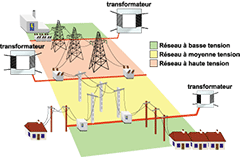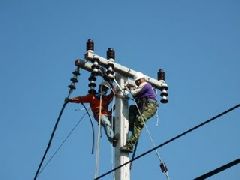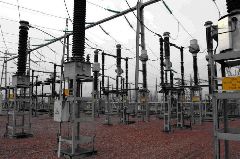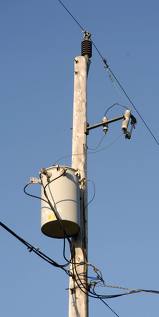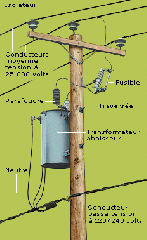Home > How It Works > Distribution > From the Switchyard to the Home
From the Switchyard to the Home
Electricity first travels to the switchyard to step up its voltage after it has been generated at the generating station. After travelling over high-voltage transmission lines, and as it approaches cities, a source substation along on the route steps down the voltage and directs the electricity to secondary transmission lines. At the end of these lines, satellite substations once again step down the voltage for the electricity to move along the distribution network. This network brings electricity in our cities to our homes, public buildings and industry.
Substations serve to step up or step down voltage or to isolate or connect high voltage lines. Substations contain a wide variety of equipment: voltage transformers, instruments for measuring current and voltage, and protective equipment such as circuit breakers and surge arrestors.
The distribution network consists of wood posts set along roads and city streets. The poles generally carry 25 000 volt power lines. The presence of a transformer at the top of the pole steps the voltage down to 240 volts so it may enter homes. Increasingly, underground distribution networks are now being used.





